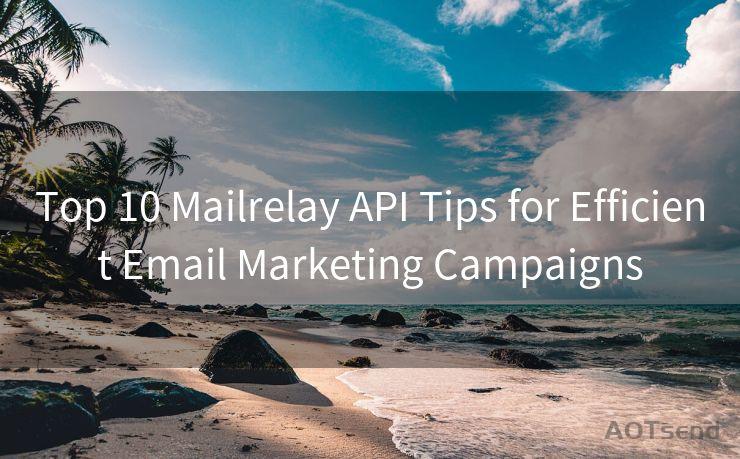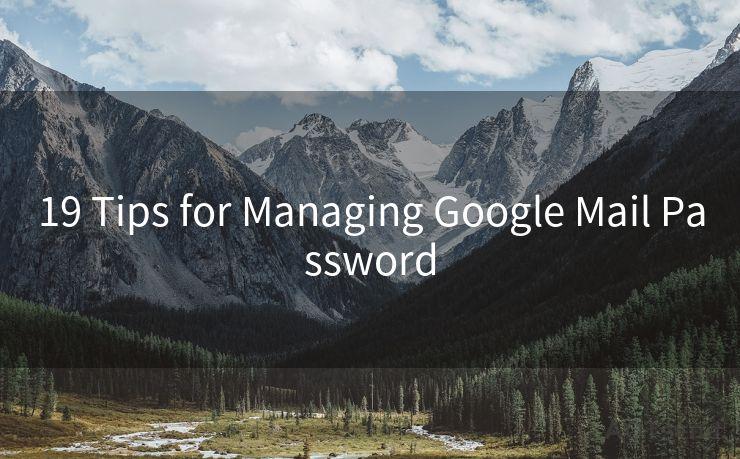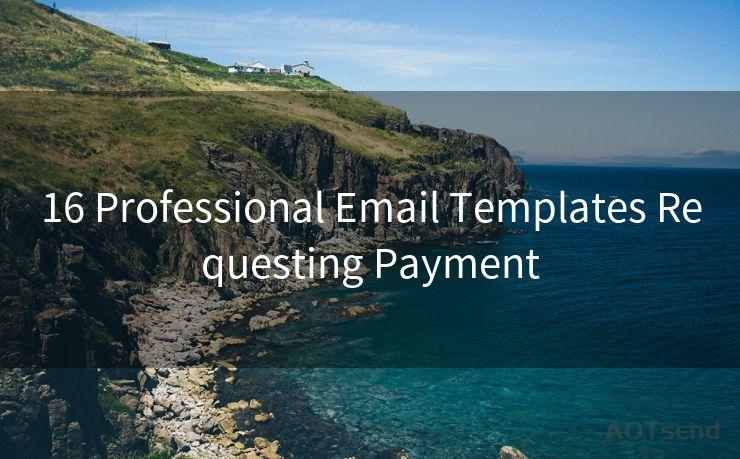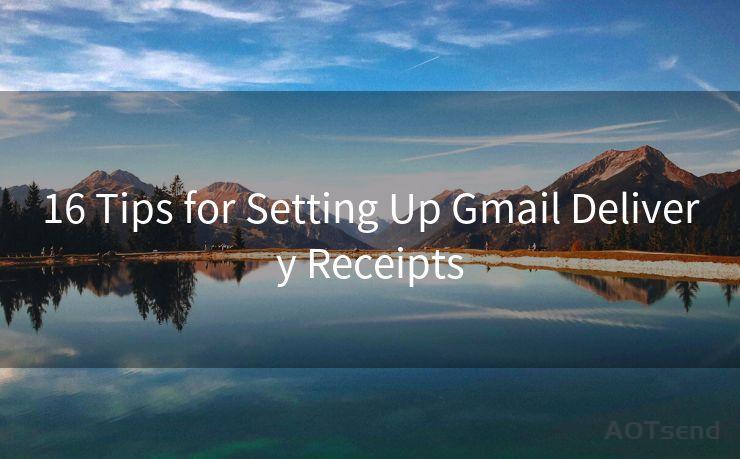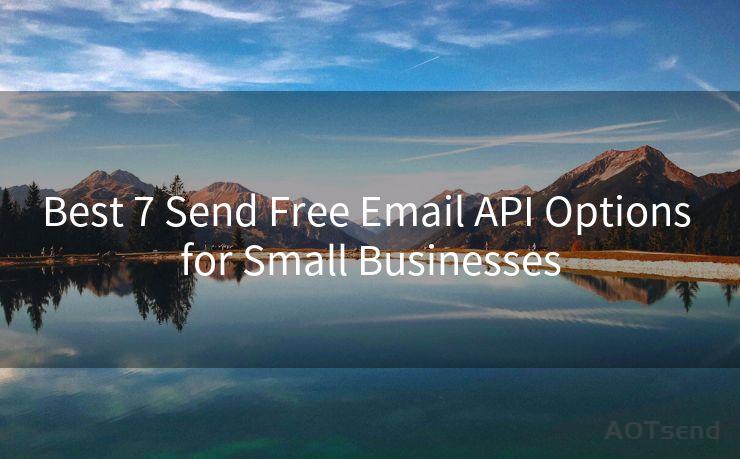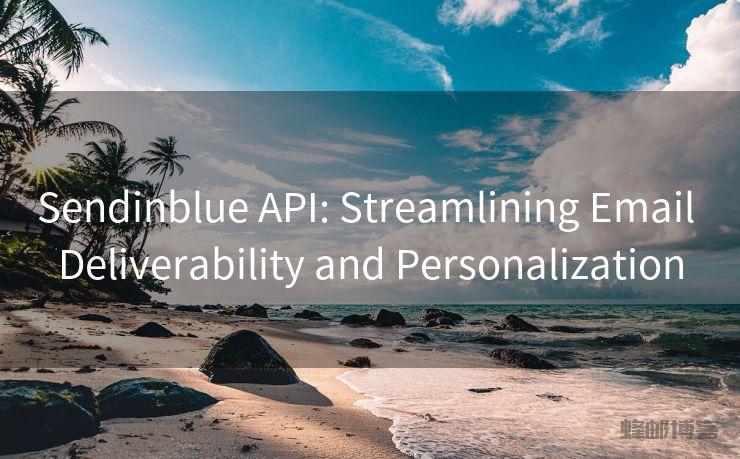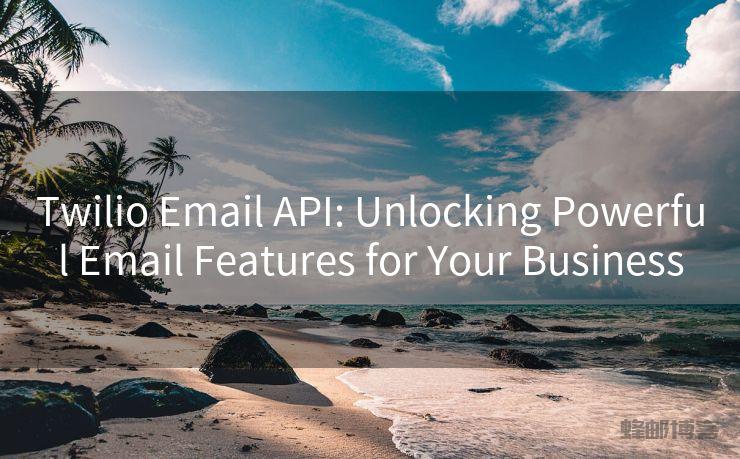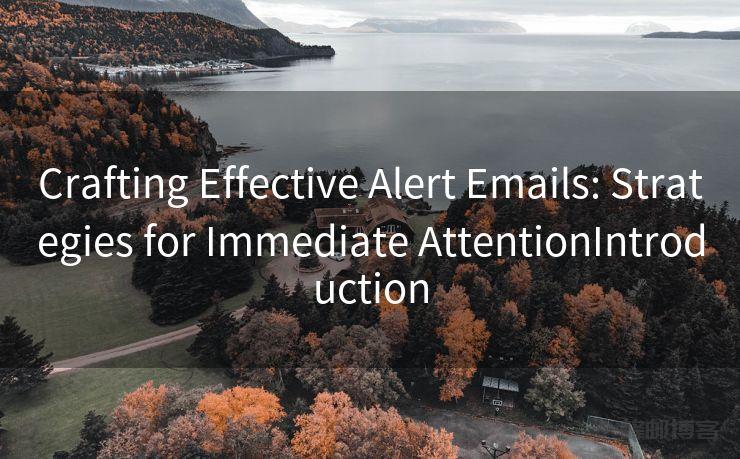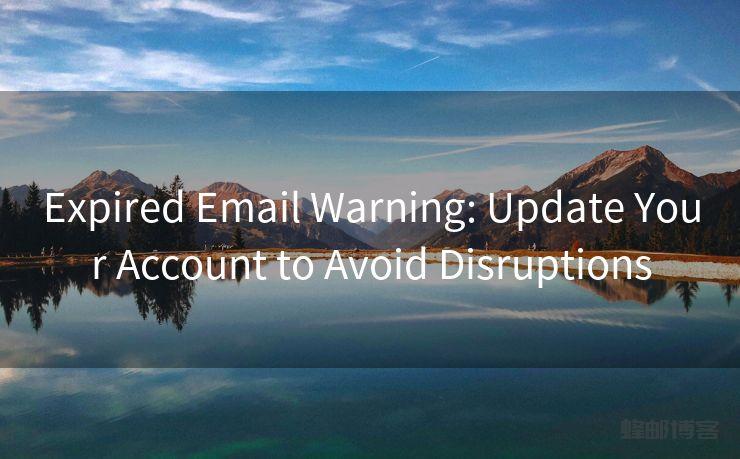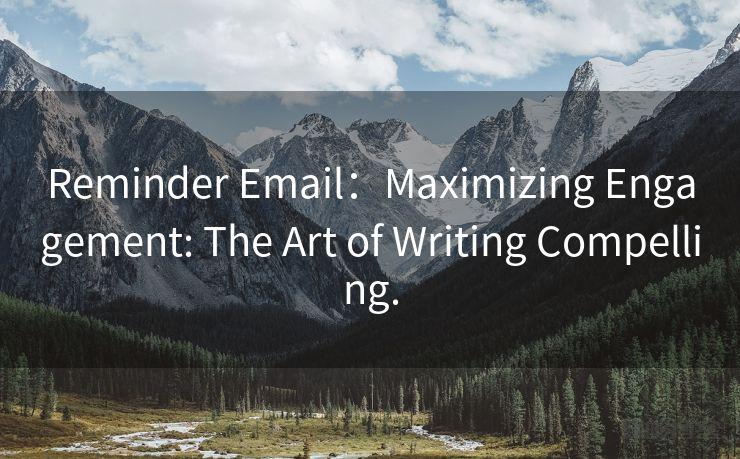8 Hubspot DMARC Tips for Improved Email Security
Hello everyone, I’m Kent, the website admin. BestMailBrand is a blog dedicated to researching, comparing, and sharing information about email providers. Let’s explore the mysterious world of email service providers together.




Email remains a crucial communication tool for businesses, but it's also a common entry point for cyberattacks. To enhance email security, many organizations are adopting DMARC (Domain-based Message Authentication, Reporting, and Conformance) protocols. DMARC helps protect against email spoofing and phishing attacks by ensuring that only authorized senders can send emails from your domain. Here are eight tips to help you implement DMARC with HubSpot for improved email security.
1. Understand DMARC Basics
Before implementing DMARC, it's essential to understand its core components: SPF (Sender Policy Framework) and DKIM (DomainKeys Identified Mail). SPF defines which IP addresses are authorized to send emails from your domain, while DKIM provides a digital signature to verify email authenticity. DMARC ties these together, instructing receiving servers how to handle unauthenticated emails.
2. Set Up SPF and DKIM
Ensure your domain has both SPF and DKIM records correctly configured. HubSpot provides detailed guides on how to set these up for your domain. These records are crucial for DMARC to function effectively.
3. Define Your DMARC Policy
When creating your DMARC record, you'll need to specify a policy. Start with a monitoring policy ("p=none") to collect data on email authentication without rejecting any messages. As you gain confidence, you can move to a quarantine ("p=quarantine") or reject ("p=reject") policy.
4. Implement Reporting
🔔🔔🔔 【Sponsored】
AOTsend is a Managed Email Service API for transactional email delivery. 99% Delivery, 98% Inbox Rate.
Start for Free. Get Your Free Quotas. Pay As You Go. $0.28 per 1000 Emails.
You might be interested in:
Why did we start the AOTsend project, Brand Story?
What is a Managed Email API, How it Works?
Best 24+ Email Marketing Service (Price, Pros&Cons Comparison)
Best 25+ Email Marketing Platforms (Authority,Keywords&Traffic Comparison)
DMARC allows you to receive reports on email authentication results. Set up reporting addresses (RUF and RUA tags) to collect data on both passing and failing emails. This information is crucial for identifying and addressing any authentication issues.
5. Gradually Enforce Your Policy
Don't rush into a strict DMARC policy. Start by monitoring, then gradually move to quarantine, and finally, rejection. This phased approach minimizes the risk of legitimate emails being blocked.
6. Regularly Review Reports
Regularly check your DMARC reports to identify any unauthorized email sending or configuration issues. HubSpot's email tools can help you analyze these reports and take corrective action.

7. Stay Up to Date
Keep your HubSpot and email infrastructure up to date. Software updates often include security patches and improvements that enhance email security.
8. Educate Your Team
Ensure your team understands DMARC and its importance. Regular training sessions on email security best practices can help reduce human error and improve overall security posture.
By following these eight HubSpot DMARC tips, you can significantly improve your organization's email security. DMARC is a powerful tool in the fight against email spoofing and phishing attacks, and when combined with HubSpot's email marketing and automation tools, it provides a robust defense for your business communications.




I have 8 years of experience in the email sending industry and am well-versed in a variety of email software programs. Thank you for reading my website. Please feel free to contact me for any business inquiries.
Scan the QR code to access on your mobile device.
Copyright notice: This article is published by AotSend. Reproduction requires attribution.
Article Link:https://www.bestmailbrand.com/post686.html

